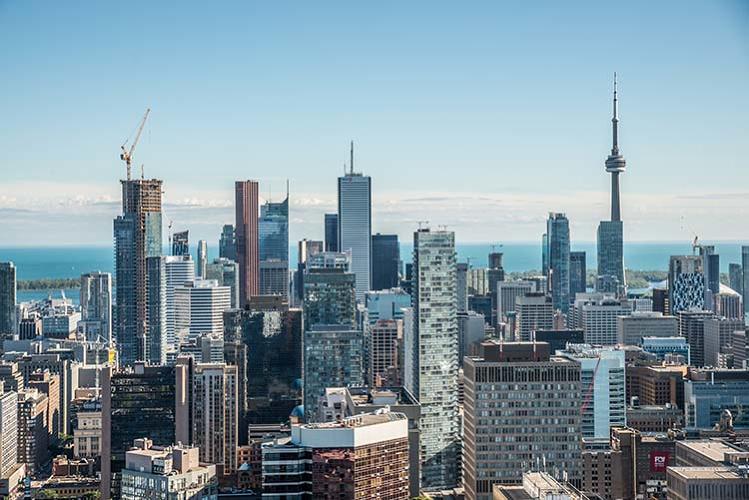Through much of his own work in not-for-profit disaster relief, Sanderson relays a strong relationship between the social and economic sustainability of a city to its resilience, ability to recover from environmental disaster. Of course, a city's wealth is not the only determinant in its resilience to and from disaster but it is probably the best indicator.
Sanderson compares an earthquake in Japan, one of the most disaster prone countries in the world but also one of the most prepared, to the earthquake in Haiti, six years ago. In Haiti, one of the world's poorest countries, hundreds of thousands were killed and 400,000 still live in tents following the 2010 earthquake.


Images: Hazelton, L 2010, 'Haiti earthquake in pictures: Shell-shocked survivors roam streets scavenging for scaps', Daily Mail Australia, 16 January 2010, accessed 16 May 2016, <http://www.dailymail.co.uk/news/article-1243540/Haiti-earthquake-pictures-Shell-shocked-survivors-roam-streets-scavenging-scraps.html>.
The impact of the disaster and the ability of the city to recover from it are influenced by the scale of the disaster, the preparedness of the city, the city's governance and inherent corruption, poor quality infrastructure and masterplanning and of course poverty, especially concentrated poverty. Poorly planned, poorly built, unprepared and corrupt cities, aching with poverty, cannot recover from disaster of this scale and severity.
But what about cities that can? What does a resilient city look like? As resilience has become more and more part of sustainability discourse in the built environment, we see the literature unraveling on this. And of course, out come the lists - 'The 10 Most Resilient Cities in the World'. Whilst they tend to be a little North-American-centric, the way the rankings are calculated is really solid and gives a strong idea of the major factors that contribute to a city's overall resilience. This is based on a combination of the city's "Vulnerability" score and their "Adaptive Capacity". Vulnerability is based on the categories of climate, environment, resources (including access to food, energy and water), infrastructure and community. It is not surprising that Canadian cities claim the top three positions on this list, as one of the most adaptable countries on the planet with strong sustainability inclinations, sound governance and economic prosperity, stable climatic conditions and low disaster risk. Pictured below is Toronto, ranked number one resilient city in the world.

Image: Schiller, B 2014, 'The 10 Most Resilient Cities in the World', Co.Exist, 5 May 2014, accessed 16 May 2016, <http://www.fastcoexist.com/3029442/the-10-most-resilient-cities-in-the-world?utm_source=facebook>.
No comments:
Post a Comment